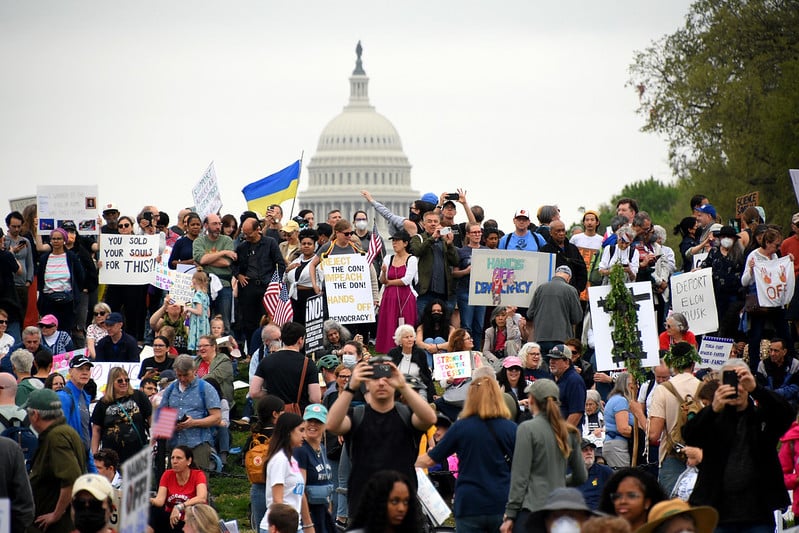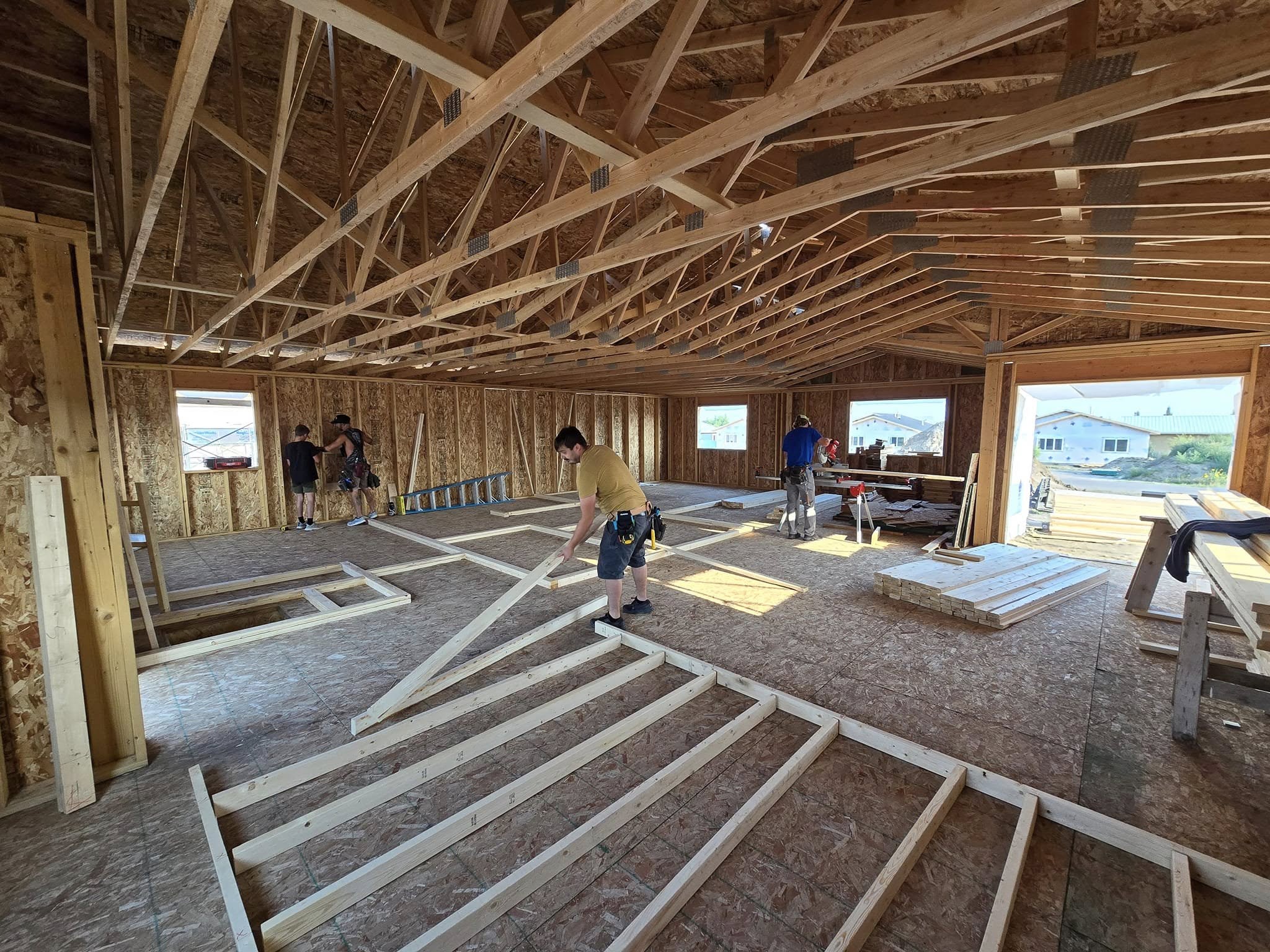How does the Partnership for Sustainable Communities support existing state and local programs around the country that encourage sustainable practices?
We love the ever-growing network of people that are working on these issues and I think we’ve taken the philosophy that, for the most part, locals should lead. If there is an innovative program somewhere, part of our responsibility is to, first of all, not be in the way of that, and second, to learn from them to see if there’s an idea that could work in another community — kind of a pied piper mentality. We just announced a capacity building grant, and one of those grants is to create a learning network, or multiple learning networks so that peers can get together and exchange ideas and link up with each other.
I think the more we can continue to grow the movement so that we, as a federal government, are able to be supportive partners, is a good thing. Every day or two I find out about some well-meaning program that the federal government has that actually gets in the way of local innovation, particularly around sustainable communities. There’s a huge appetite here, in all of our agencies, to fix that and it’s only when we have these conversations with practitioners that we learn about it.
We’ve recently explored transit-oriented development projects from a range of perspectives and, as you mention, there are concerns about pricing out lower-income residents in gentrified areas around transit. Can you talk more about not just achieving more affordable housing in those areas, but also achieving permanent affordability?
We need as many tools in our toolkit as possible. The area of community land trusts is exciting, and now has started to grow up. We’re going to need a whole array of tools including ongoing revenue streams. [Maybe] we use some portion of our stock of foreclosed homes as permanent affordable housing. There are so many conditions across the United States that, I worry, if we latch on to one or two tools, that we’ll find too many instances where they aren’t appropriate.
I do think that we need to be thinking about where the sources of support can come from for affordable housing and particularly permanent affordable housing. You mentioned that these transit corridors become attractive because it’s something people really want and often cities don’t do the proactive work necessary to put in place the tools that allow for a revenue stream to capture some of the value from the incredibly valuable real estate that is likely to grow around a transit system.
The bottom line is that we need integrative neighborhoods and we need a really robust toolkit to make that happen.
Thank you.




Comments